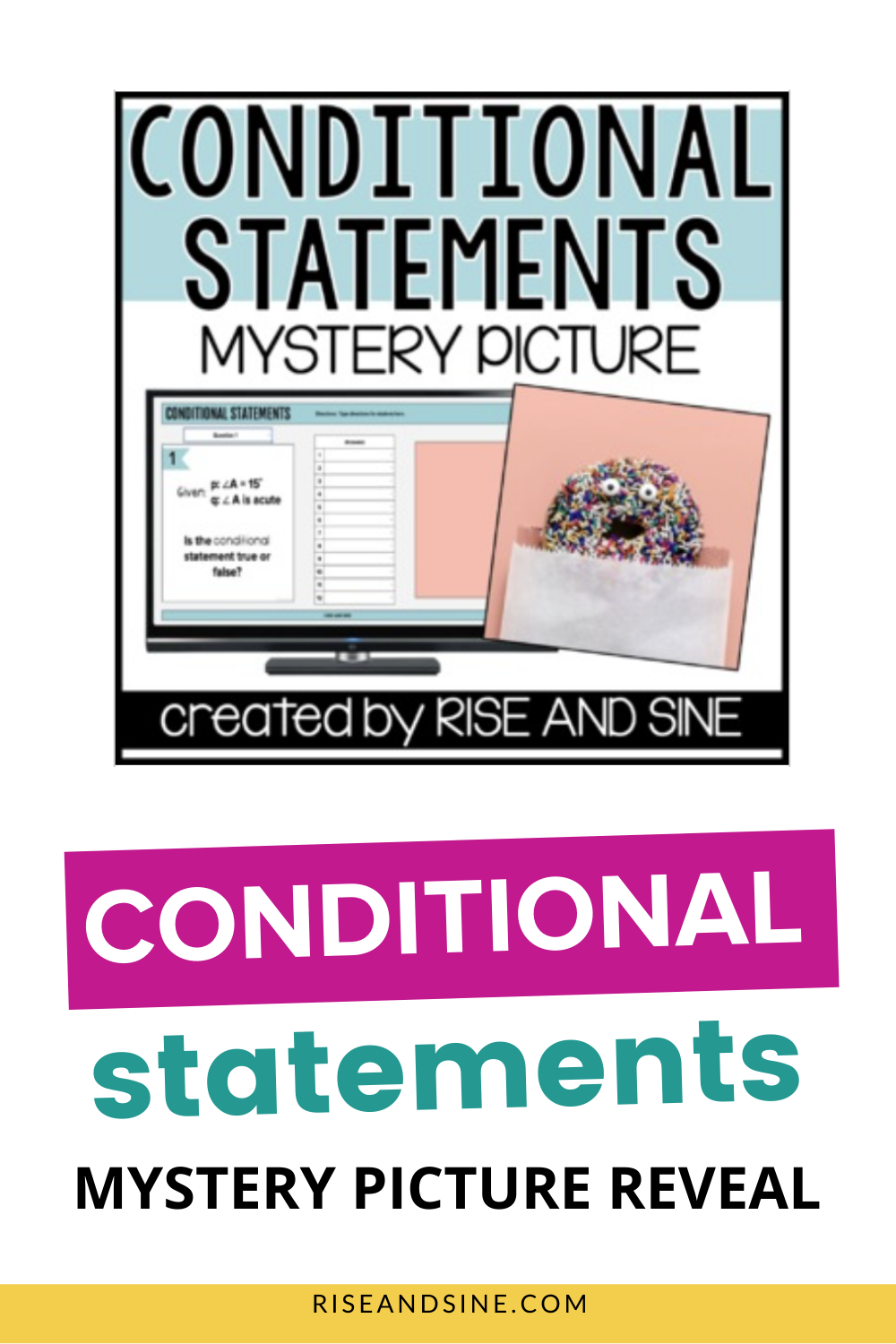Math Conditional Statement

Conditional statements are a fundamental concept in mathematics, particularly in algebra and mathematical logic. They allow us to express statements that depend on certain conditions being true or false. In this article, we will delve into the world of conditional statements, exploring their definition, types, and applications in various mathematical contexts.
Definition of a Conditional Statement
A conditional statement is a statement of the form “if p, then q,” where p and q are statements. The statement p is called the hypothesis or antecedent, and the statement q is called the conclusion or consequent. The conditional statement is often denoted by the symbol →, so the statement “if p, then q” can be written as p → q.
For example, consider the statement “if it is raining, then the streets are wet.” In this case, the hypothesis is “it is raining,” and the conclusion is “the streets are wet.” This statement can be denoted as “raining → streets are wet.”
Types of Conditional Statements
There are several types of conditional statements, including:
- Simple Conditional Statement: A simple conditional statement is a statement of the form “if p, then q,” where p and q are simple statements. For example, “if x > 5, then x^2 > 25.”
- Compound Conditional Statement: A compound conditional statement is a statement that contains one or more conditional statements as components. For example, “if x > 5, then if y < 3, then x + y > 2.”
- Biconditional Statement: A biconditional statement is a statement of the form “p if and only if q,” where p and q are statements. This type of statement is often denoted by the symbol ⇔. For example, “x is an even number if and only if x is divisible by 2.”
Truth Tables for Conditional Statements
To determine the truth value of a conditional statement, we can use a truth table. A truth table is a table that shows the truth values of a statement for all possible combinations of truth values of its components.
Here is an example of a truth table for the conditional statement “p → q”:
| p | q | p → q |
|---|---|---|
| T | T | T |
| T | F | F |
| F | T | T |
| F | F | T |

In this truth table, the statement “p → q” is true whenever p is false or q is true.
Applications of Conditional Statements
Conditional statements have numerous applications in mathematics, computer science, and other fields. Some examples include:
- Algebra: Conditional statements are used to solve equations and inequalities, and to prove theorems and lemmas.
- Geometry: Conditional statements are used to prove geometric theorems and to solve problems involving geometric shapes and structures.
- Computer Science: Conditional statements are used in programming languages to control the flow of a program and to make decisions based on certain conditions.
- Logic: Conditional statements are used to reason about logical statements and to prove logical theorems.
Real-World Examples of Conditional Statements
Conditional statements are used in many real-world contexts, including:
- Weather Forecasting: “If it is cloudy, then there is a high chance of rain.”
- Medical Diagnosis: “If a patient has a fever, then they may have an infection.”
- Financial Planning: “If you invest in a stock, then you may lose money if the stock price falls.”
- Traffic Control: “If the traffic light is red, then you must stop your vehicle.”
FAQ Section
What is a conditional statement in mathematics?
+A conditional statement is a statement of the form "if p, then q," where p and q are statements. The statement p is called the hypothesis or antecedent, and the statement q is called the conclusion or consequent.
What are the different types of conditional statements?
+There are several types of conditional statements, including simple conditional statements, compound conditional statements, and biconditional statements.
How are conditional statements used in real-world contexts?
+Conditional statements are used in many real-world contexts, including weather forecasting, medical diagnosis, financial planning, and traffic control.
What is the purpose of a truth table in conditional statements?
+A truth table is used to determine the truth value of a conditional statement by showing the truth values of the statement for all possible combinations of truth values of its components.
How are conditional statements used in computer science?
+Conditional statements are used in programming languages to control the flow of a program and to make decisions based on certain conditions.
In conclusion, conditional statements are a fundamental concept in mathematics and have numerous applications in various fields. Understanding conditional statements and their types, as well as how to use truth tables to determine their truth values, is essential for solving problems and making decisions in many real-world contexts. By mastering conditional statements, individuals can develop their critical thinking and problem-solving skills, leading to greater success in mathematics, computer science, and other fields.
